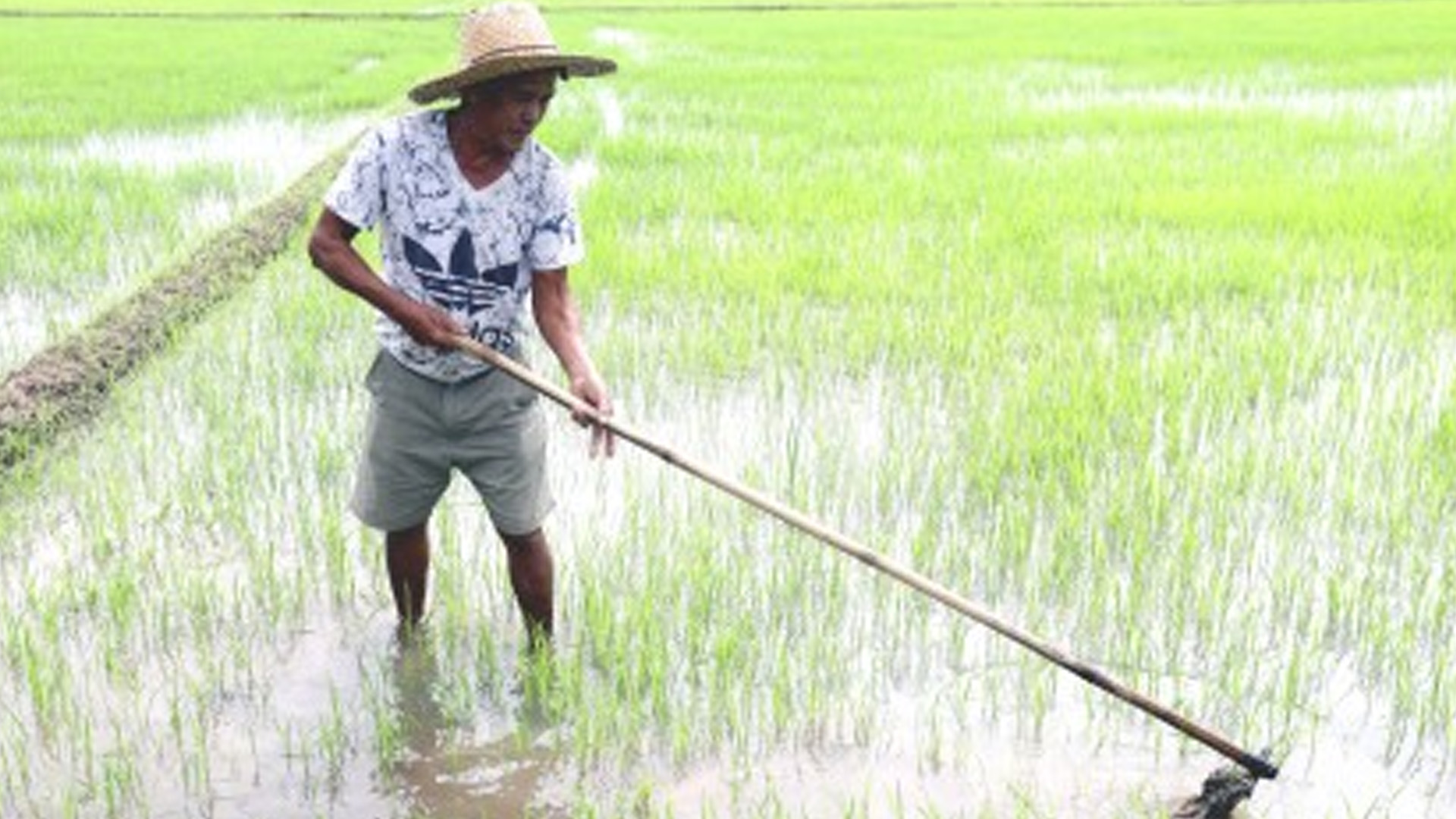The Department of Agriculture (DA) is testing and validating the NextGen or Next Generation new rice varieties program in Central Visayas, an official said Thursday.
Wilfreda Malayao, DA 7 (Central Visayas) NextGen focal person, said the program is a collaborative effort of breeding institutions generating different varieties of rice suited to local conditions.
These institutions are the International Rice Research Institute (IRRI), PhilRice, and the University of the Philippines Los Baños (UPLB).
Malayao said they have established researcher-managed participatory performance testing and validation in Cebu, Bohol, Negros Oriental, and Siquijor.
“The use of high-quality rice seeds is recommended because it leads to more efficient planting, fewer pest problems, uniform plant growth, and better overall harvests,” she said.
This initiative aims to introduce and demonstrate the good performance of the newly released rice varieties in their target environments.
These seeds are being used by rice farmers to determine which varieties best suit their land, which can then be recommended by DA for use in their areas to increase their harvests.
The NextGen rice varieties are designed to thrive in three different ecosystems in the country: irrigated lowland (irrigated fields), rainfed lowland (relying only on rainwater), and saline-tolerant rice ecosystems (fields that are affected by seawater).
Malayao said they are focusing on the irrigated lowland areas, where there are 500 to 600 series of rice varieties approved by the National Seed Industry Council. (PNA)








